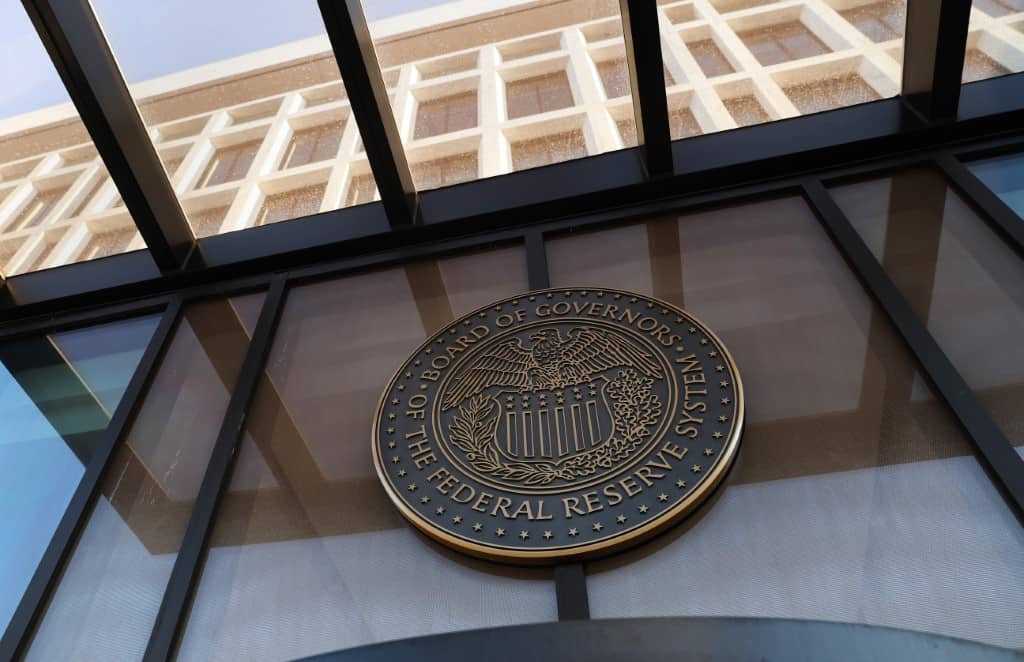Dubai, UAE – The central banks of Saudi Arabia, UAE, Bahrain and Qatar raised their benchmark borrowing rates after the US Federal Reserve raised its key interest rate by 25 basis points last night.
The Saudi Central Bank said on Wednesday it hiked its key interest rates by 25 basis points, mirroring the U.S. Federal Reserve’s move as the Saudi riyal is pegged to the dollar.
The Saudi Central Bank, also known as SAMA, raised its repo and reverse repo rates by 25 bps each to 5.5 percent and 5 percent, respectively, it said in a statement.
The Central Bank of the United Arab Emirates (CBUAE) will raise its base interest rate by 25 basis points to 4.9%, effective Thursday, state news agency WAM said, matching the U.S. Federal Reserve’s hike, as the dirham is pegged to the dollar.
The central bank will maintain the rate on borrowing short-term liquidity from the CBUAE through all standing credit facilities at 50 basis points above the base rate, WAM said.
The CBUAE also has decided to maintain the rate applicable to borrowing short-term liquidity from the CBUAE through all standing credit facilities at 50 basis points above the Base Rate.
The Base Rate, which is anchored to the US Federal Reserve’s IORB, signals the general stance of the CBUAE’s monetary policy. It also provides an effective interest rate floor for overnight money market rates.
Qatar’s central bank said on Wednesday it was raising its interest rates by 25 basis points effective on Thursday, following the U.S. Federal Reserve’s hike of the same size, as the Qatari riyal is pegged to the dollar.
The Central Bank of Qatar increased its deposit, lending and repo rates by 25 bps to 5.25%, 5.75 percent and 5.5 percent, respectively.
The Central Bank of Bahrain increased its key interest rates by 25 basis points on Wednesday, following the Federal Reserve’s hike of the same size as the dinar is pegged to the dollar.
The one-week deposit facility rate increased to 5.75 percentfrom 5.5 percent and the overnight deposit rate was raised to 5.5 percent from 5.25 percent, the central bank said on Twitter.

The four-week deposit rate increased to 6.5 percent from 6.25 percent, it added.
Earlier, the US Federal Reserve raised its benchmark lending rate on Wednesday, as it sought to strike a balance between curbing high inflation and averting further upheaval in the commercial banking sector.
The quarter-point increase, which was in line with expectations, lifted their interest rate target to between 4.75 and 5 percent at the end of a two-day policy meeting, the Fed said in a statement.
The policy-setting Federal Open Market Committee (FOMC) added that “some additional policy firming may be appropriate” to get to a stance that is sufficiently restrictive to bring inflation down.
The latest increase was the same size as the central bank’s previous rate decision in February, and marks its ninth straight rate hike.
The Fed also updated its economic projections on Wednesday, slightly lowering its 2023 GDP growth projections 2023 to 0.4 percent from 0.5 percent in December.
Median projections for the Fed’s benchmark rate at the end of this year were unchanged, while inflation expectations rose slightly.
Wednesday’s decision underscores the Fed’s determination to tackle inflation, which remains stubbornly above policymakers’ long-term annual target of two percent despite the sustained effort to lower price increases.
“Getting inflation back down to two percent has a long way to go and is likely to be bumpy,” Fed Chair Jerome Powell said during a press conference on Wednesday afternoon.
The Fed warned in its earlier rate announcement that the recent banking turmoil sparked by the collapse of Silicon Valley Bank (SVB) could impact the availability of credit for households and businesses, and “weigh on economic activity, hiring, and inflation.”








